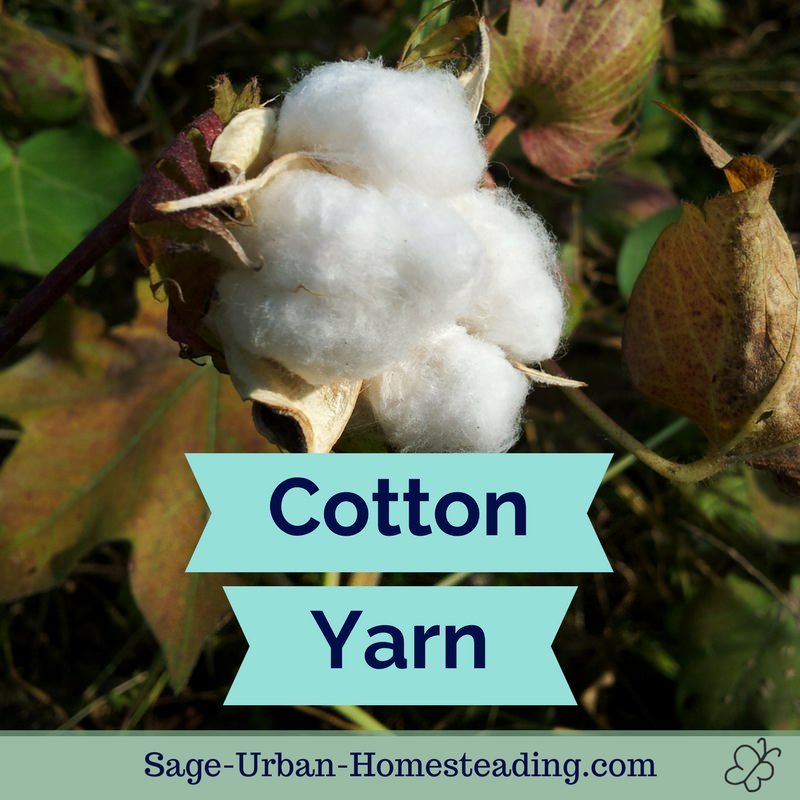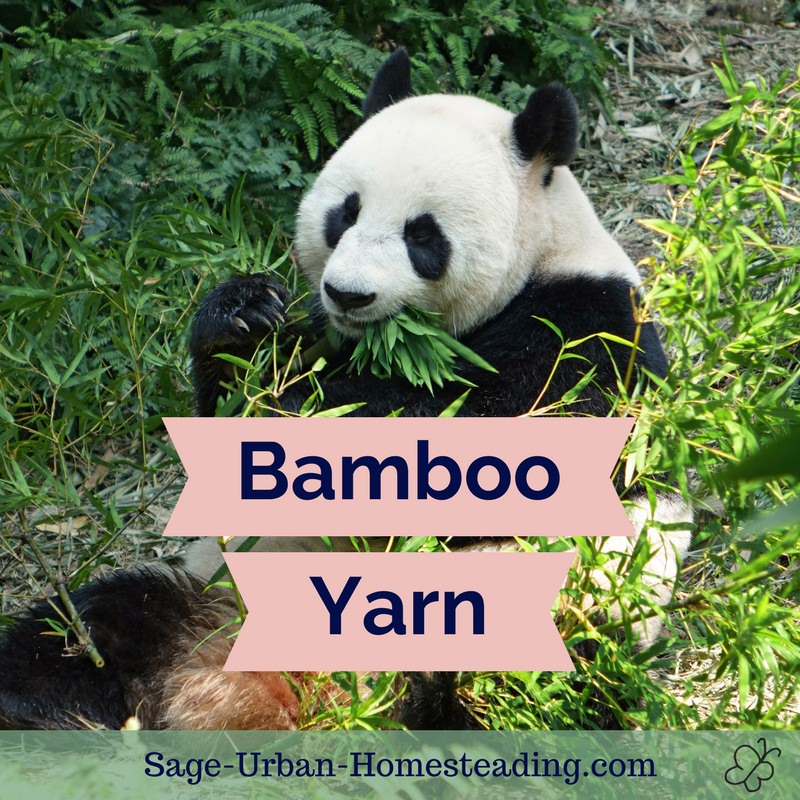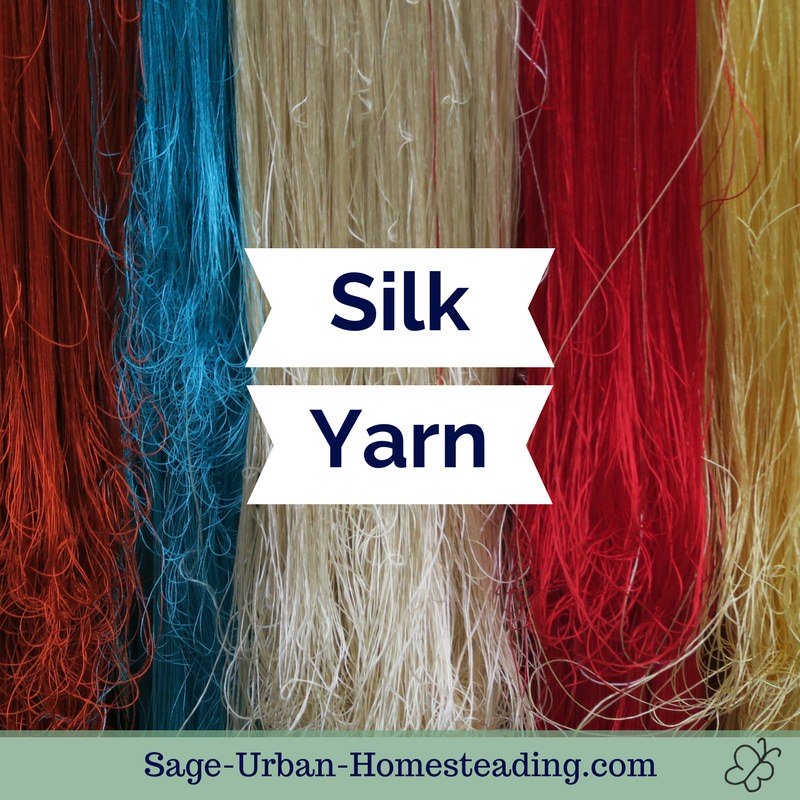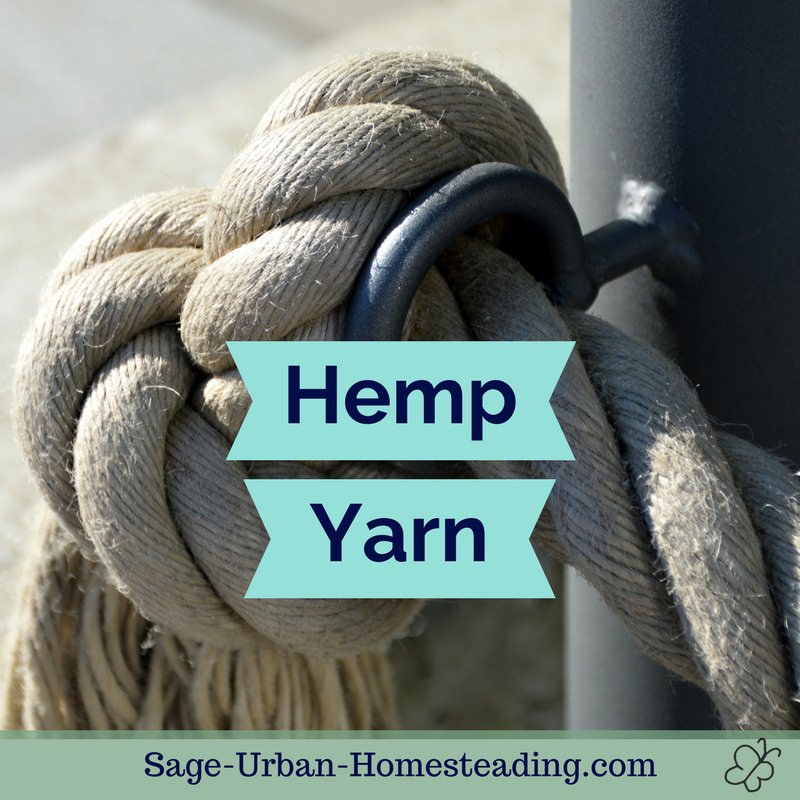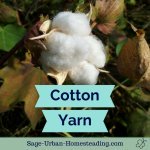FYI: I earn a small commission from some links and advertisements.
Flax Yarn
I tried using flax yarn for a crochet dishcloth. It was very absorbent and durable. I also made one out of cotton for comparison, and the linen dishcloth was much better.
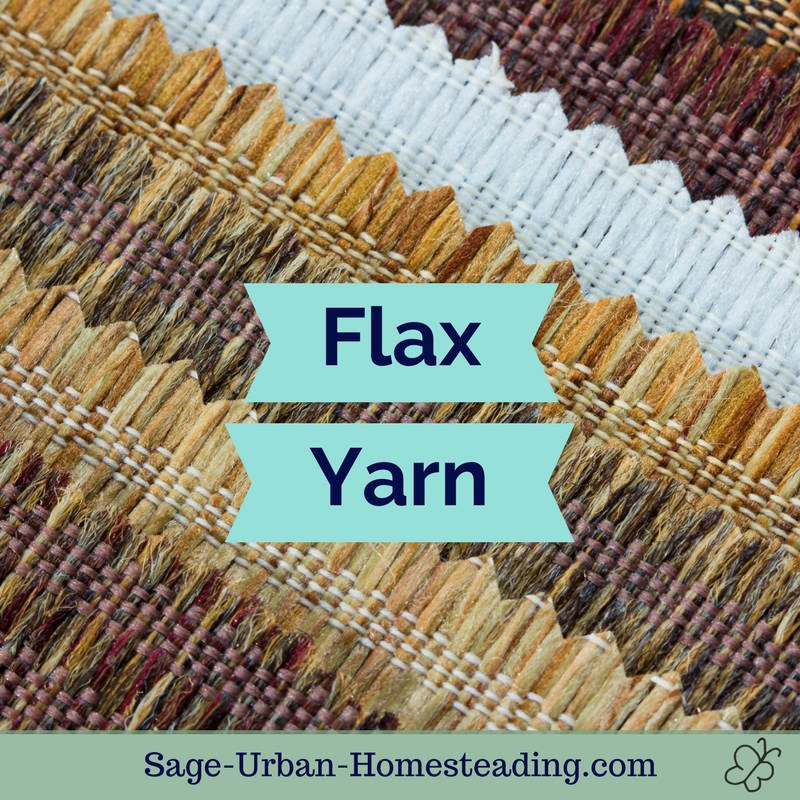
Flax yarn has no elasticity so when used in knitting or crochet it's better for patterns than areas of smooth stitching.
Flax Yarn Care
Items made from the flax fiber, also called linen fiber, actually become softer with use and washing. Yes, you can machine wash and dry linen!
It becomes softer and more absorbent over time. Take care not to fold linen at the same place each time or the fibers will weaken in that area and eventually break along the crease.
Flax can be gently ironed to give it a little shine, but it will not need much ironing since it doesn't wrinkle like cotton.
Flax Fiber for Spinning Yarn
Would you recognize the source for flax fiber, also known as linen fiber, if you saw it? People see the pretty blue flower in my garden and are surprised to learn that's it!
I don't actually grow enough for it to be worth the time and effort to process into linen fiber, but I like feeling connected to the source and knowing that my flax yarn started as a charming little plant.
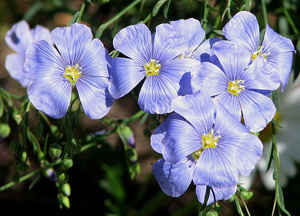 Photo of flax flowers provided by D. Gordon E. Robertson By D. Gordon E. Robertson via Wikimedia Commons
Photo of flax flowers provided by D. Gordon E. Robertson By D. Gordon E. Robertson via Wikimedia CommonsAren't the flowers pretty?
Properties of Linen Fiber
The fiber staples are up to 2 feet long, but some are also shorter. Flax is two to three times stronger than cotton. It is very absorbent and holds color well. There is no stretch to linen fibers, so the yarn will feel a little stiff, but it softens with repeated machine washing and drying.
Linen fibers are strong unless they are bent. If you are storing a piece of linen, do not fold it in the same spot every time or the fibers will become weak over time and eventually break. But items made from flax can last for thousands of years with the proper care!
Flax Fiber Production
For spinning, you want the long bast fibers from the stem of the plant. You can end up with three different types of fiber:
- Stricks
- Long, thick fibers
- Tow
- Shorter fibers
- Noils
- Short or broken fibers left after processing
The harvested plants receive retting under controlled conditions to rot the stem and then scutching to separate the outer bark from the inner fiber. Finally, there is the process of hacking the fibers to remove the short tow and leave the long line fibers to remain. Whew! Tired yet?
There are two ways of spinning yarn from flax fibers:
- Wet Spin
- Use damp fingers as drafting so all of the fibers are captured in the twist. This produces a fine yarn.
- Dry Spin
- This produces courser yarn that isn't as smooth.
Processing the plants into fiber requires a lot of special equipment. Take a look at some vintage tools here at the online museum for Jim and Elizabeth's Brown House in West Virginia.
The History of Linen
Linen was used to wrap Egyptian mummies since it was a symbol of of wealth.
I was once watching a documentary on Ancient Egypt and they said that today people still cannot reproduce as fine of a thread count and as high quality of weaving as they did in Ancient Egypt. It is a forgotten technology that they are trying to rediscover.
I would like to learn more about this and will share when I learn more. If you know anything about historical linens, please share what you know in a comment below!
